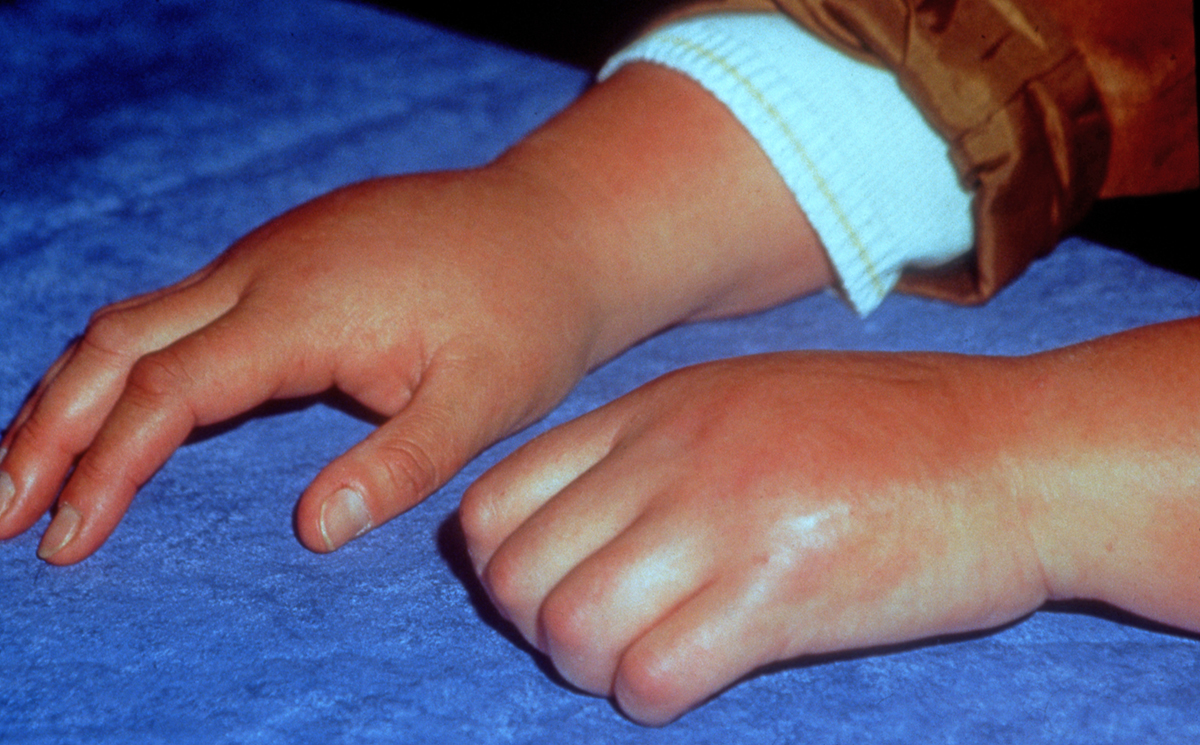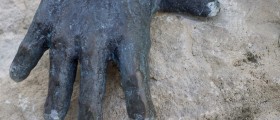
CRPS is a short term for the chronic condition known as complex regional pain syndrome, which rarely affects other parts of the body than arm or leg. There are two types of this condition, one, known also as reflex sympathetic dystrophy, in which there are no obvious nerve damages, and another type, known as causalgia, in which nerve damage is present and obvious. According to the statistics, this condition is somewhat more frequent in women than in men, but the fact is that it can practically affect anyone, regardless of sex or age and including even small children.
Causes and symptoms of complex regional pain syndrome
As far as the causes of this syndrome are concerned it is interesting that they are not really known. It is a fact that it can be a result of some injury, illness, or that it can occur after the surgery, but the problem with recognizing and determining the cause is in the cases in which there is no injury to the problematic site and the patient did not have any surgery. The first type of CRPS is much more common than the second type, and as for the causes, the first type is usually a result of some illness, injury, or infection which left no nerve damage, while the second is a result of a direct damage to the nerve. Heart attacks, and even sprained ankles and fractures have also been identified as some of the causes. However, regardless of the cause, CRPS is manifested through severe burning pain and swelling, and through the changes in the skin. Other symptoms that may also be present are muscle spasms or even atrophy limited ability to move the arm or a leg, skin sensitivity and rapid growth of hair and nails.
Cure and the treatment
The earlier this condition is diagnosed, the more successful the treatment will be, which is why it is important to look for medical help as soon as the first symptoms are noticed. There is no cure to complex regional pain syndrome, but it is possible to improve the mobility of affected body parts and to make some of the symptoms disappear. The treatment will consist of the medicines such as nonsteroidal anti-inflammatory drugs, which will have the purpose to ease the pain and corticosteroids to reduce the inflammation, but in some cases, even some antidepressants may be prescribed. Physical therapy will also be advised while more serious cases may require the use of electrical impulses, or spinal cord stimulation, and learning the techniques of biofeedback.

















Your thoughts on this
Loading...